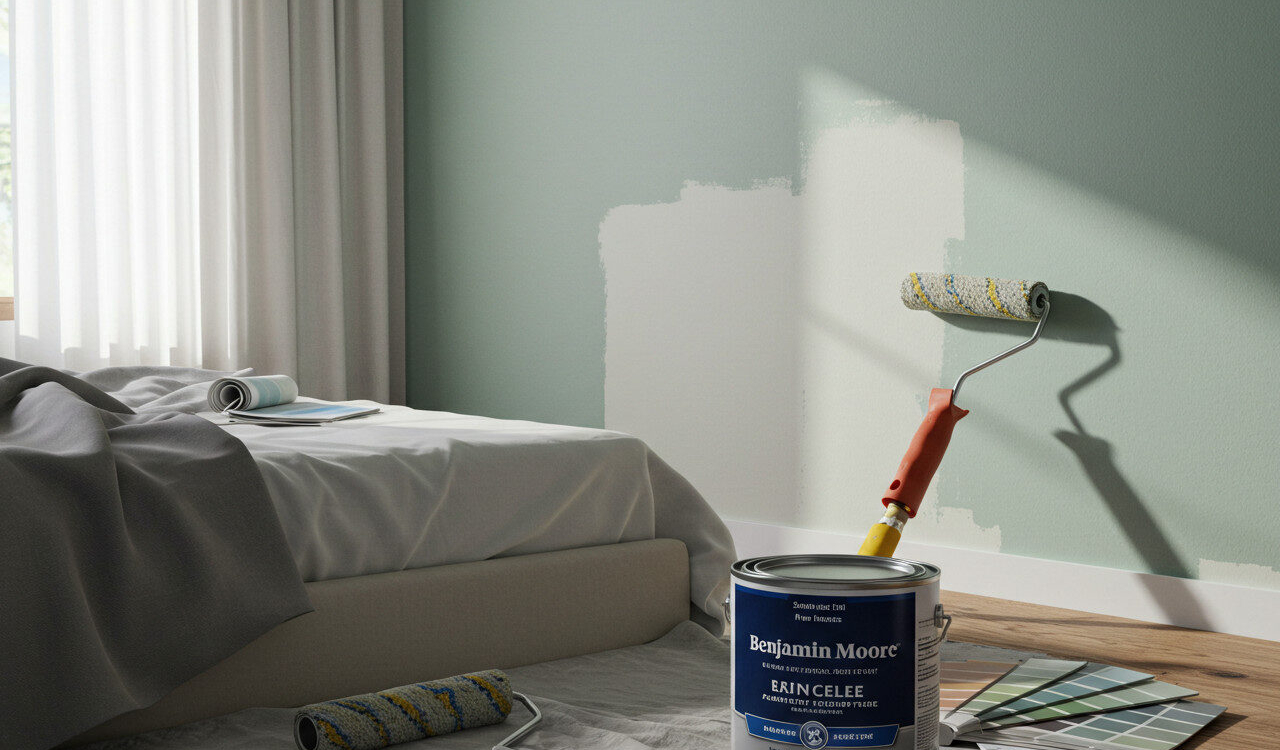How to Calculate Paint Needed for a Bedroom
Start by measuring the width and height of each wall. Multiply these numbers to get the square footage of each wall, then add them together. Subtract the square footage of any doors or windows to find your net paintable surface.
Using a Paint Calculator
A paint calculator can help streamline your project by:
- Considering wall dimensions and room shape
- Factoring in doors and windows
- Including the number of coats
This reduces the risk of running short or buying too much.
Importance of Accurate Paint Estimation
Save Time and Money
Buying the right amount the first time prevents extra trips to the store and avoids overspending on unused paint.
Maintain Color Consistency
To prevent color mismatches, consider mixing all cans in one container before starting—a method known as boxing.
Avoid Waste
Paint has a shelf life of about two years. Keep only what’s needed for touch-ups to minimize waste.
Common Mistakes to Avoid
- Guessing dimensions without measuring
- Forgetting to subtract non-paintable areas
- Underestimating the number of coats
- Ignoring textured wall surfaces
Avoid these by measuring accurately and accounting for all surface types.
Tools and Information You Need
What to Get Before You Start
- Measuring tape
- Paint calculator
- Room dimensions, including doors and windows
- Surface condition and primer needs
Being prepared ensures better results and fewer interruptions.
Essential Tools and Materials
- Measuring tape or ruler
- Drop cloths
- Rollers and brushes
- Paint trays
- Paint and primer
Match your tools to your room’s surfaces for the best outcome.
Information to Gather
- Wall width and height
- Window and door sizes
- Trim and ceiling details
- Whether you’ll paint baseboards or moldings
These help ensure accurate surface area calculations.
Calculating Paint for a Bedroom
Step 1: Measure theWalls
| Measurement | Action |
|---|---|
| Wall width (in ft) | Measure each wall with a tape measure |
| Room height | Measure from floor to ceiling |
| Doors and windows | Subtract ~20 sq ft per door, ~15/window |
Add the total wall area, then subtract doors and windows.
Step 2: Calculate Paintable Surface Area
Multiply each wall’s width by the room’s height. Add the square footage for all walls, then subtract unpainted spaces.
Example:
10 ft × 10 ft room with 8 ft high walls and one door:
(10×8×2) + (10×8×2) = 320 sq ft
Subtract 1 door: 320 – 20 = 300 sq ft
Step 3: Determine Paint Coverage Per Gallon
A gallon of paint typically covers
- 400 sq ft (smooth walls, one coat)
- 250 sq ft (textured walls)
Example:
300 sq ft ÷ 400 = 0.75 gallons → round up to 1 gallon
Always check the label for specific coverage details.
Step 4: Factor in Coats and Special Conditions
Adjust for:
- Multiple coats
- Primer usage
- Textured surfaces
- Color transitions
Example:
Two coats on 300 sq ft:
300 × 2 ÷ 400 = 1.5 gallons → round up to 2 gallons
Frequently Asked Questions
How much paint do I need for an average-sized bedroom?
Most standard bedrooms have around 300–400 square feet of wall surface. You’ll usually need 1–2 gallons depending on texture and coats.
Is one gallon enough to paint a small bedroom?
Yes, for smooth walls with one coat. Consider extra if the walls are textured or you plan to apply two coats.
Do I need extra paint for textured walls or ceilings?
Yes. Add about 20–25% more paint. One extra quart per gallon is a safe estimate.
What should I do if I’m painting over a dark color?
Use a tinted primer to cut down on the number of coats. It helps cover the old color more effectively.
Written by Ben Carlson Updated by Albert Fang
Source Citation References:
+ Inspo
There are no additional citations or references to note for this article at this time.
